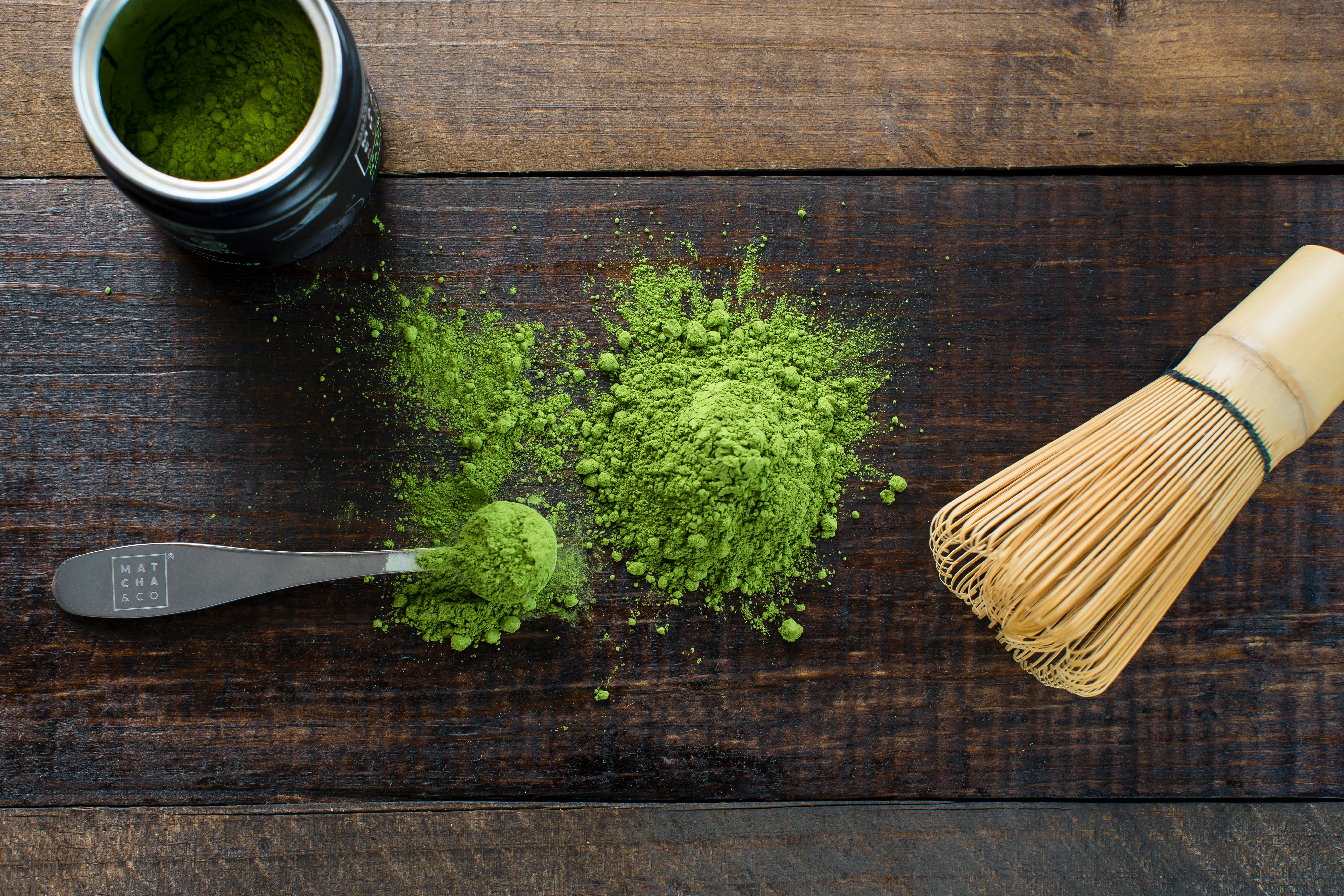
Matcha may have gone global, but its roots run deep in Japan. This finely ground green tea powder has been cultivated, whisked, and ceremonially sipped for centuries—first by Zen monks, then by tea masters, samurai, and emperors. Today, it’s as central to Japanese culture as shrines, ryokan, and onsen. A bowl of matcha isn’t just about flavor—it’s a distilled expression of hospitality, mindfulness, and ritual. There’s even a phrase for it: ichi-go ichi-e, the idea that every tea gathering is a once-in-a-lifetime encounter.
From the historic tea fields of Uji to sleek cafés in Tokyo, here are six standout places to experience matcha at its most memorable.
Uji: Best for experiencing matcha at the source
If matcha had a hometown, it would be Uji. Just south of Kyoto, this riverside town is where Japan’s powdered green tea tradition first flourished, thanks to a mix of fertile soil, misty hills, and centuries of tea cultivation. Today, it’s still the gold standard for high-quality matcha, and there are plenty of ways to experience Uji’s deep tea heritage.
“Walk down Byodoin Omotesando for matcha-themed treats (including matcha ramen), but don’t miss Nakamura Tokichi Honten—a historic tea house dating back to the 1850s,” says Fora Advisor Tori Petry. “Their café serves beautifully prepared matcha desserts and teas, and their shop stocks everything from $6 everyday tins to $300 ceremonial-grade matcha. Expect a line, but it’s worth it! You can also participate in a matcha ceremony here and learn about the grinding process behind this iconic tea.”
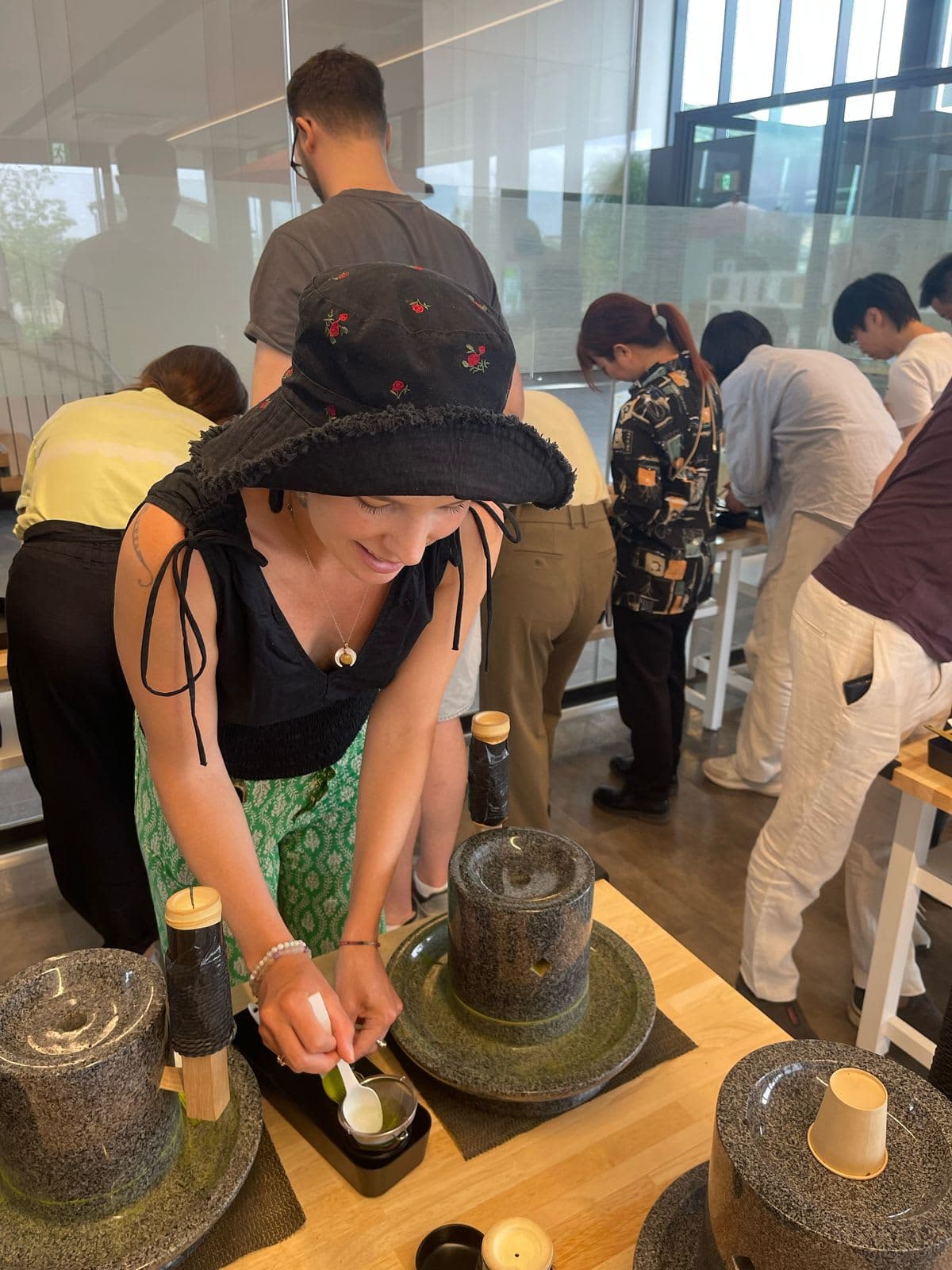
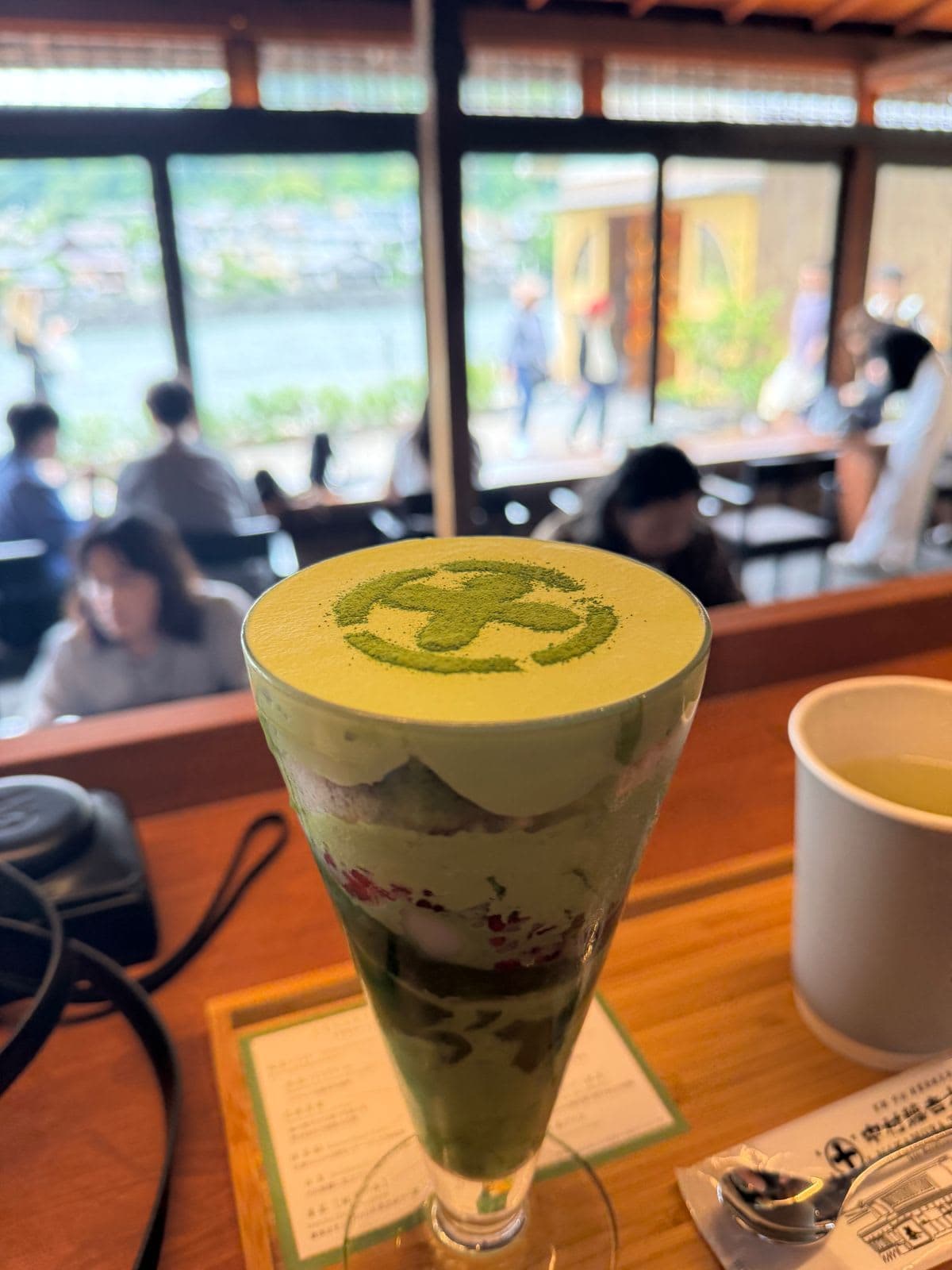


Nakamura Tokichi Honten, Uji
At Taiho-an, a peaceful tea house near the famous Byodoin Temple, you can take part in a traditional tea ceremony, guided by experts in an elegant, contemplative setting, often paired with delicate wagashi sweets. For a dose of living history, stop by Tsuen Tea House, the oldest in Japan (founded in 1160!), where generations have served matcha to travelers on the road between Kyoto and Nara.
If you’re up for more hands-on experience, nearby Wazuka village’s Obubu Tea Farms offers tea picking and blending workshops that let you connect directly with the farming roots of matcha.
Kyoto: Best for ceremony and culture

For matcha lovers visiting Kyoto, a stop at Ippodo is essential. This family-run tea company has been sourcing and selling top-grade green tea for nearly 300 years, and their flagship store near the Imperial Palace is part retail shop, part tasting salon. Ippodo is revered for its consistency and quality—especially their ceremonial-grade matcha, which is smooth, balanced, and deeply savory. You can order it thick (koicha) or thin (usucha), and the staff are happy to guide you through the process.
“A full-length tea ceremony with a seasonal kaiseki meal can last up to four hours,” says Tori, “but many teahouses offer abbreviated experiences that still teach you essential rituals, like how to whisk your matcha and how to turn the bowl to honor your host. It’s a must for anyone who wants to appreciate matcha beyond the latte.”
Inside the Myoki-an Temple, you’ll find Tai-an, Japan’s oldest surviving tea house structure, designed by famed tea master Sen no Rikyū in the 1500s. It’s not usually open for tea tastings, but just seeing it offers a glimpse into the origins of the tea ceremony and the philosophy of wabi-sabi simplicity.
For something more accessible, head to Okochi Sanso Villa in the Arashiyama district. Its En Tea House sits in a gorgeous garden once owned by a silent film actor. The experience includes a traditional sweet and a moment of quiet among mossy paths and bamboo groves.
Across Kyoto, you’ll also find plenty of modern and traditional tea houses, such as Fukujuen Tea House near Nishiki Market, and Kissa Sakaiki, a retro-style café beloved by locals, many of which offer hands-on classes to learn the art of whisking matcha.
Nishio: Best for a behind-the-scenes look at matcha
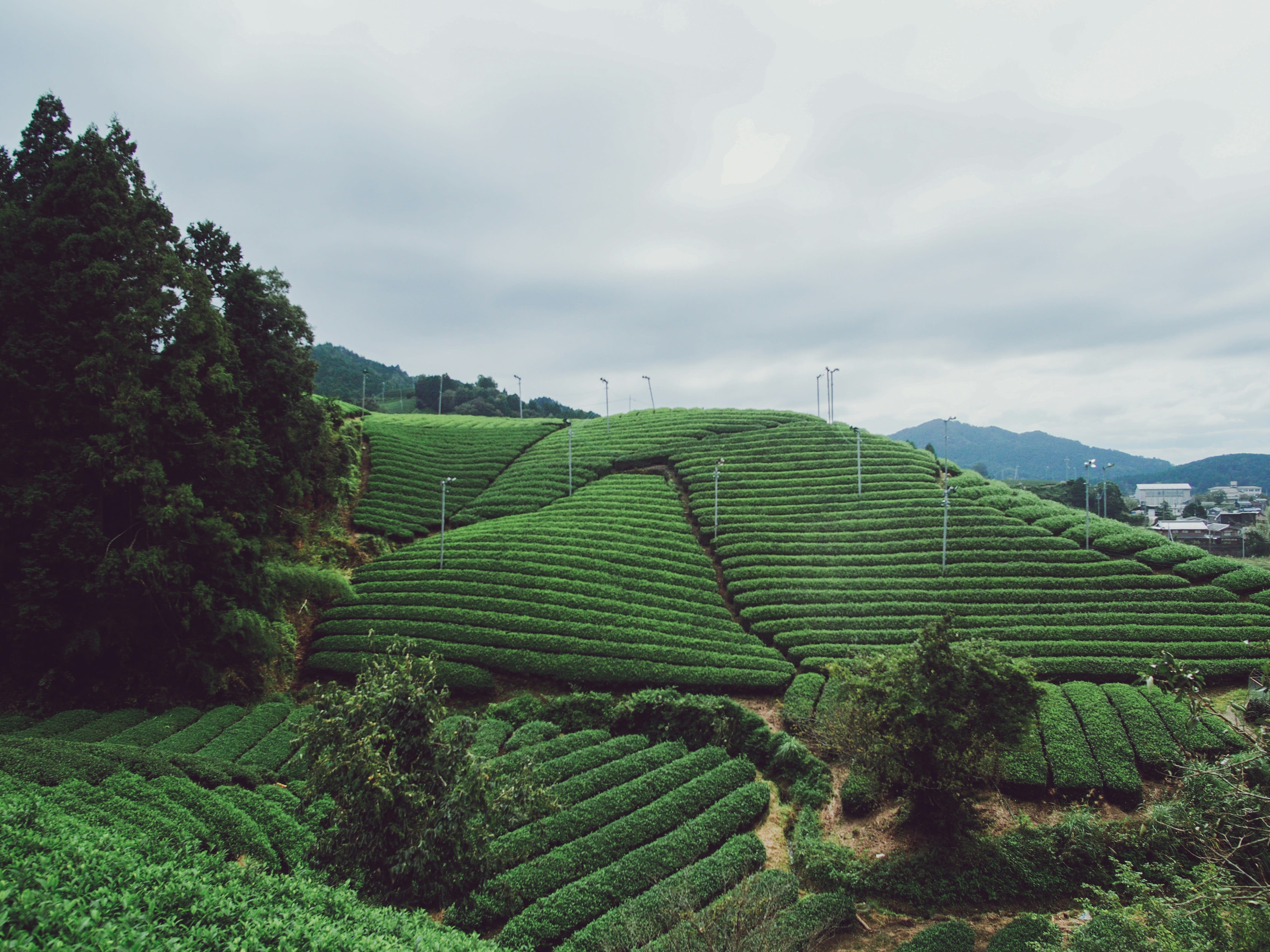
If you are heading towards Nagoya or exploring central Japan, Nishio in the Aichi Prefecture has been growing tea since the 13th century and is now one of Japan’s top matcha producers—especially for culinary and everyday drinking grades.
Nishio matcha tends to be smooth, mellow, and slightly sweet, which works well for both traditional tea and modern treats. The area has ideal conditions for tencha farming and plenty of family-run producers who still take a hands-on approach.
Visitors can stop by local tea shops, such as Marushichi Seicha, established in 1907, for tastings and factory tours. While less polished than Kyoto, Nishio offers a more behind-the-scenes look at how matcha is made, and it’s a great detour for those looking to go deeper into Japan’s tea culture.
Kagoshima: Best for organic and modern farming
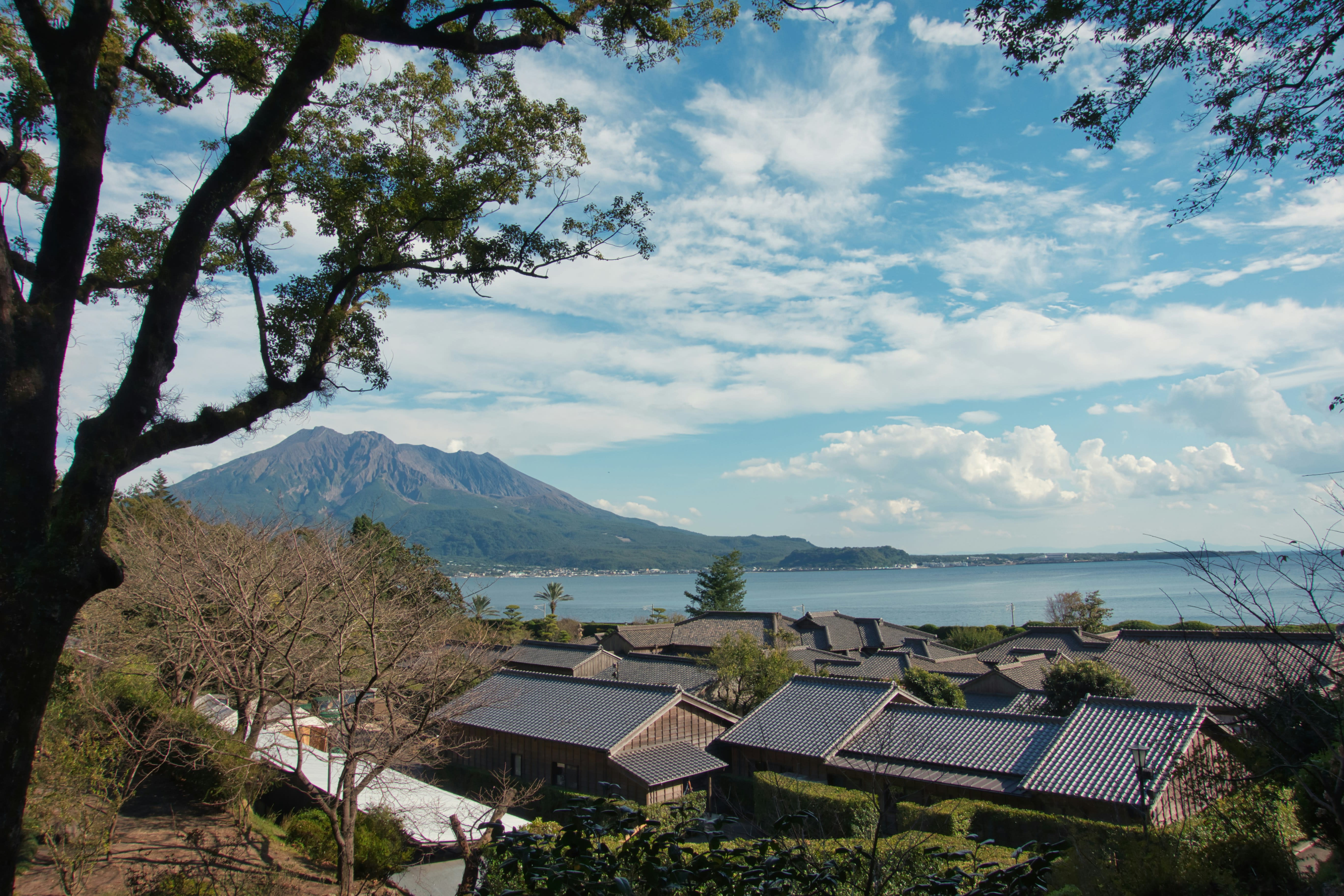
Way down in southern Japan, Kagoshima is fast becoming a powerhouse of matcha production. With its volcanic soil, warm climate, and wide-open tea fields, it’s ideal for large-scale, high-quality cultivation. While Kagoshima doesn’t have the centuries-old tea legacy of Uji, it’s now the second-largest tea-growing region in Japan—and a serious competitor in the matcha game.
Kagoshima matcha is often a little more vegetal and less sweet than Uji’s, making it great for those who like a slightly more robust, grassy flavour. Many tea farms here are also pioneering organic and sustainable practices.
If you’re visiting Kyushu, you can stop by producers like Chiran Tea for tastings, factory tours, and a look at how Japan’s next-gen matcha is grown and processed.
Tokyo: Best for matcha with a twist
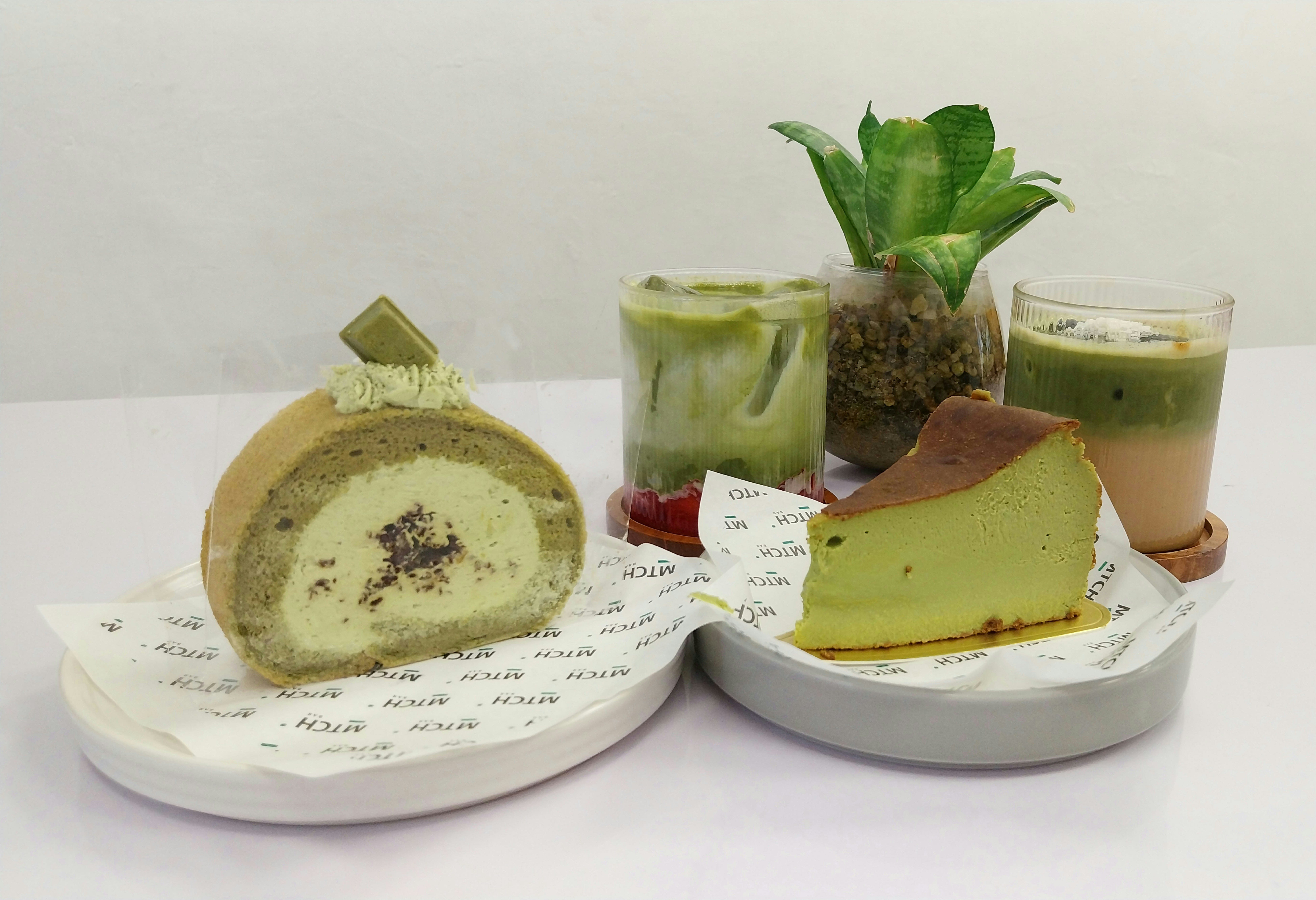
Tokyo’s matcha scene is as diverse as the city itself—steeped in tradition, but not afraid to innovate. It’s a great place to experience both ends of the spectrum, whether you’re looking for a traditional ceremony or matcha with a modern twist.
For a peaceful pause in the middle of the city, head to Hamarikyu Gardens. Here, in a tranquil teahouse set on a pond, you can enjoy a traditional tea ceremony with freshly whisked matcha and a seasonal sweet—just steps from the skyscrapers.
Nearby, in upscale Ginza, you’ll find Jugetsudo, a stylish tea house by a long-established tea merchant. This space is contemporary but with deep-rooted tea knowledge, offering everything from ceremonial matcha to modern blends and matcha-infused pastries.
If you want something playful, head to Suzukien Asakusa, a traditional tea shop that teamed up with Nanaya to create what they claim is the world’s richest matcha gelato. With seven (!) intensity levels to choose from, this place turns matcha into a full-blown flavor experience. Level 7 is made with a crazy amount of matcha and is deep, complex, and slightly bitter—ideal for die-hards. But even the gentler levels are delicious, and there’s plenty of fun in trying a flight.
For a different vibe, check out % Arabica Kyoto, where specialty coffee meets high-quality matcha, or Saryo Tsujiri Ginza, which serves fancy matcha desserts.
Shizuoka: Best for scenic sips and mountain views
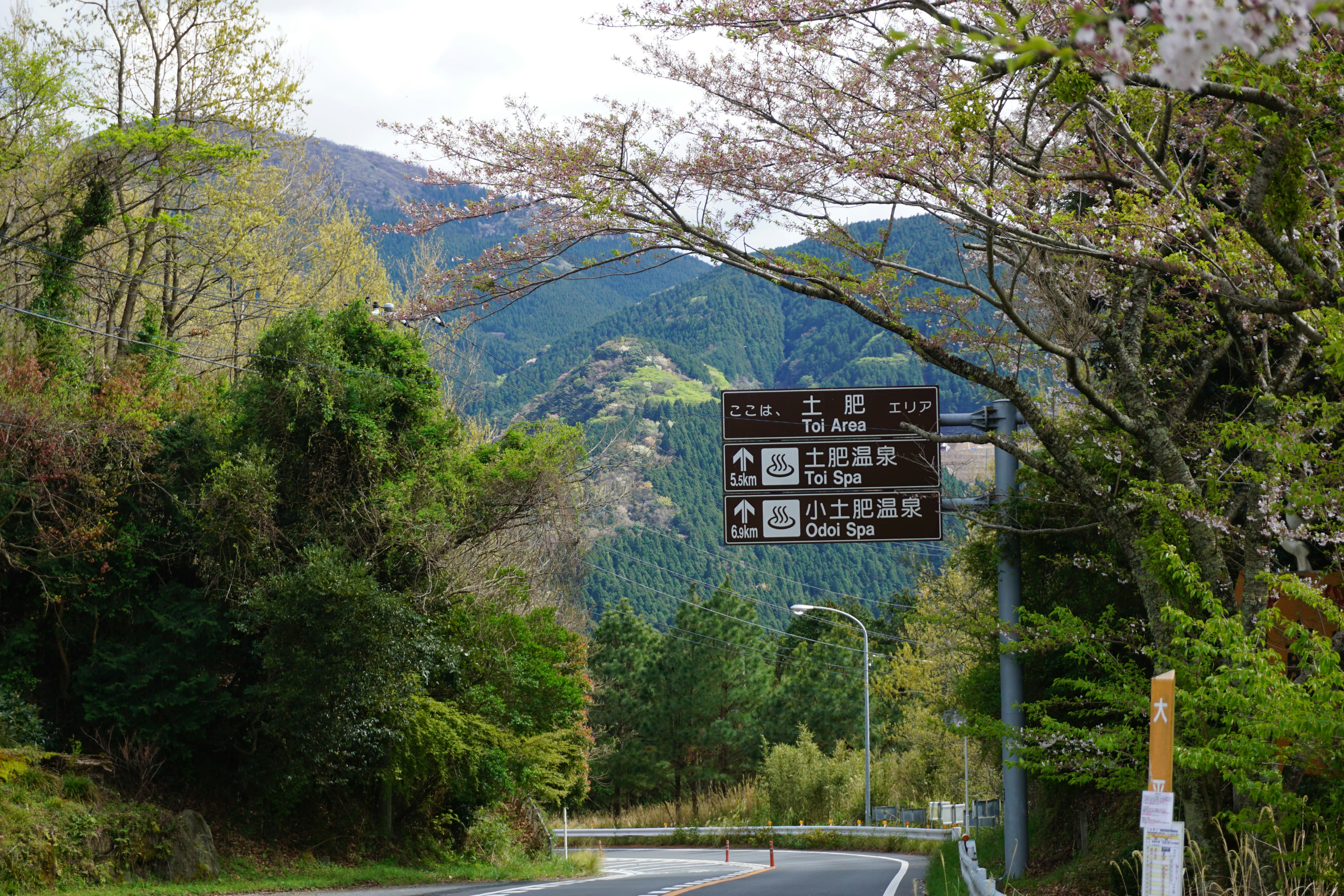
Best known for its dramatic views of Mount Fuji and ocean-side tea fields, Shizuoka is Japan’s largest tea-producing region overall. While it’s more famous for sencha, a growing number of producers here are turning their attention to matcha—and doing it well.
Shizuoka matcha is often characterized by a light, clean profile with gentle sweetness and grassy notes. You’ll find everything from traditional tea experiences in the countryside to modern cafés in Shizuoka City that serve matcha lattes, soft-serve, and more.
One great place to stop is Maruzen Tea Roastery, where you can try small-batch matcha roasted to different temperatures, bringing out subtle changes in flavour.
The Umegashima area in Shizuoka is also worth a mention for its tea villages and nearby onsen resorts, perfect for combining matcha tastings with a relaxing soak.
Insider tips for matcha lovers
Catch the first: The freshest matcha, called shincha, is harvested in spring and offers a bright, crisp flavor. Timing your visit to tea regions around April–May can get you this prized batch.
Pair matcha with wagashi: Try matcha with wagashi—delicate Japanese sweets made to balance its natural bitterness.
Whisk it yourself: Many tea houses offer workshops where you can learn the art of whisking matcha like a pro.
Buying tip: Ceremonial-grade matcha is ideal for drinking, while culinary-grade works best in desserts or lattes. Look for “first harvest” or “stone-milled” for top quality.
Where to stay in Japan
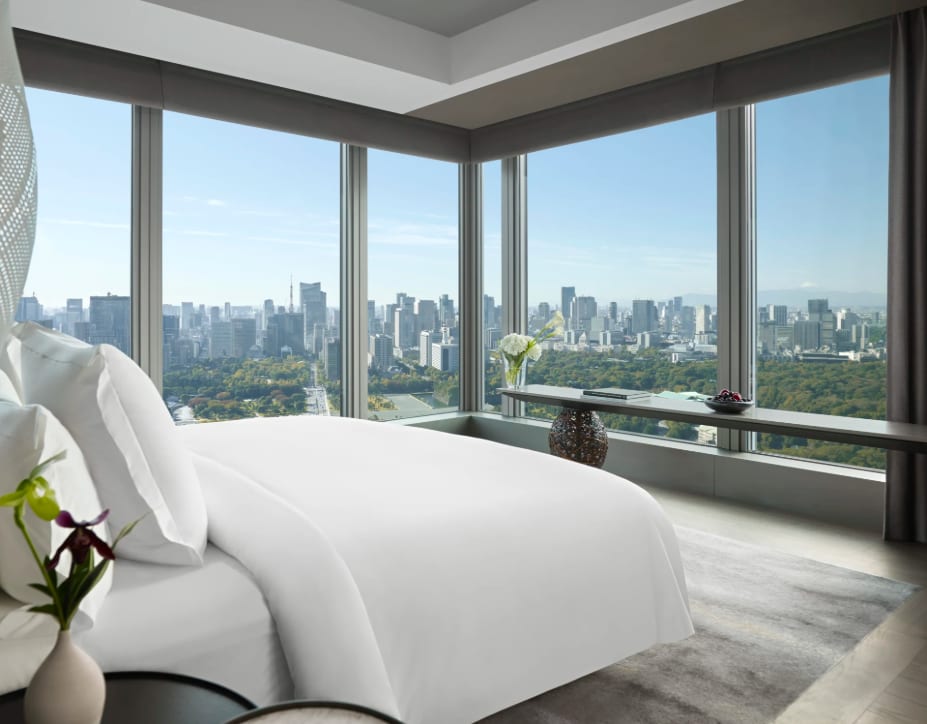
Image courtesy of Four Seasons Hotel Tokyo at Otemachi
Four Seasons Hotel Tokyo at Otemachi A sleek sky-high retreat with knockout views of the Imperial Palace Gardens—come for the serene rooms, stay for the Michelin-starred sushi and matcha cocktails at VIRTÙ.
When you book Four Seasons with a Fora advisor, you will enjoy exclusive Four Seasons Preferred partner amenities.
Kimpton Shinjuku Tokyo. An art-forward hotel with a distinctly urban edge, Kimpton Shinjuku channels downtown Manhattan energy through bold design, a lively social scene, and thoughtful touches like complimentary sake hour.
Fora’s IHG Destined partner perks include $100 hotel credit, a welcome amenity, daily breakfast, an upgrade and extended check-in/out whenever possible.
Janu Tokyo. The serene, design-forward sibling to Aman, Janu is big on wellness and contemporary Japanese design, with minimalist suites and a matcha-green spa to match.
Fora Perks include $100 food and beverage credit, daily breakfast, an upgrade and extended check-in/out whenever possible
HOTEL THE MITSUI KYOTO, a Luxury Collection Hotel & Spa. A 300-year-old samurai residence reborn, this hotel blends Kyoto’s deep-rooted elegance with polished, modern craftsmanship—and has its own onsen drawn from a natural spring below.
Fora Reserve perks include $100 hotel credit, a welcome amenity, daily breakfast, an upgrade and extended check-in/out whenever possible.
Ace Hotel Kyoto. Creative, cool, and unmistakably Ace, this design-forward hotel by Kengo Kuma blends Kyoto craftsmanship with modern gallery spaces, live music, and a sunken courtyard.
Fora Reserve perks include $50 hotel credit, a welcome amenity, an upgrade and extended check-in/out whenever possible.
Six Senses Kyoto. The brand’s first Japan outpost fuses Kyoto’s ritual and calm with Six Senses’ signature wellness approach—think sleep tracking, forest-inspired interiors, and a sleek tea lounge.
Fora’s IHG Destined partner perks include $100 hotel credit, a welcome amenity, daily breakfast, an upgrade and extended check-in/out whenever possible.
Sheraton Kagoshima. A stylish base for exploring Kagoshima’s tea fields and volcanic landscapes, this city hotel pairs smart design with a rooftop onsen and sweeping bay views.
Fora’s Marriott STARS partner perks include $100 hotel credit, a welcome amenity, daily breakfast, an upgrade and extended check-in/out whenever possible.
Asaba, Shizuoka. A 500-year-old ryokan where tradition runs deep—think serene wooden pavilions, a Noh stage floating over a lotus pond, and matcha served with silent precision by kimono-clad hosts.
Hyatt Regency Hakone Resort and Spa, Hakone. Warm, woodsy, and unpretentious, this mountain escape is beloved for its open-air onsen and nightly wine-and-sweets hour by the fire.
Fora’s Hyatt partner perks include hotel credit, a welcome amenity, daily breakfast, an upgrade and extended check-in/out whenever possible.
